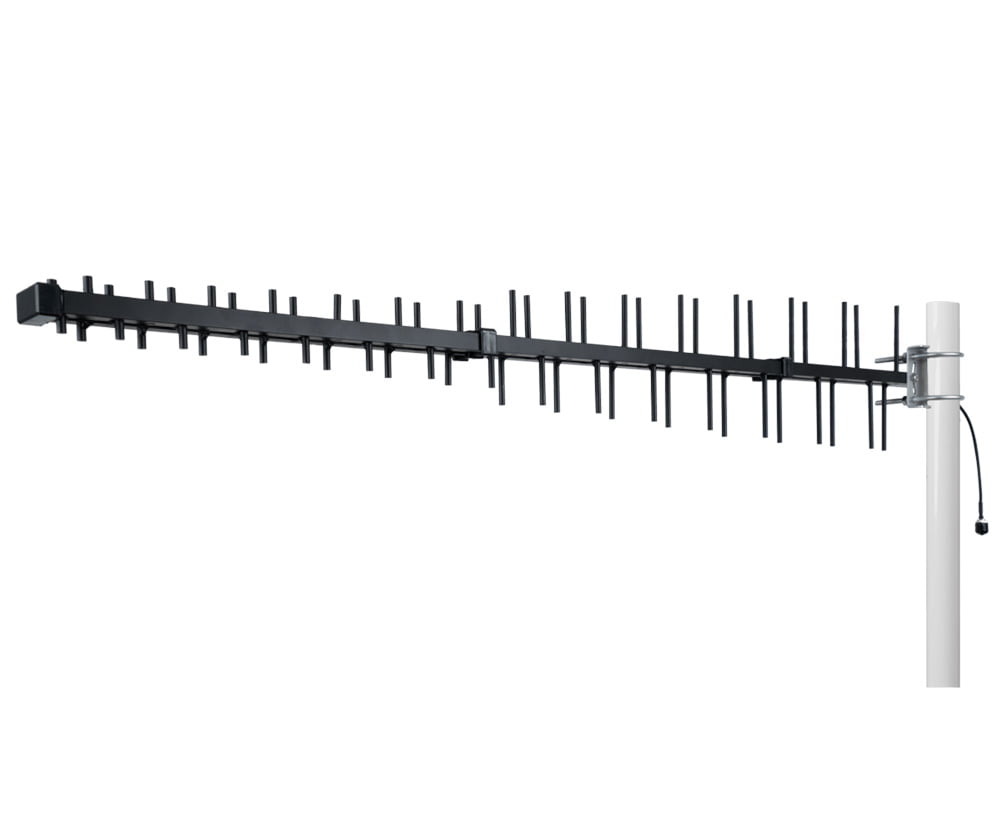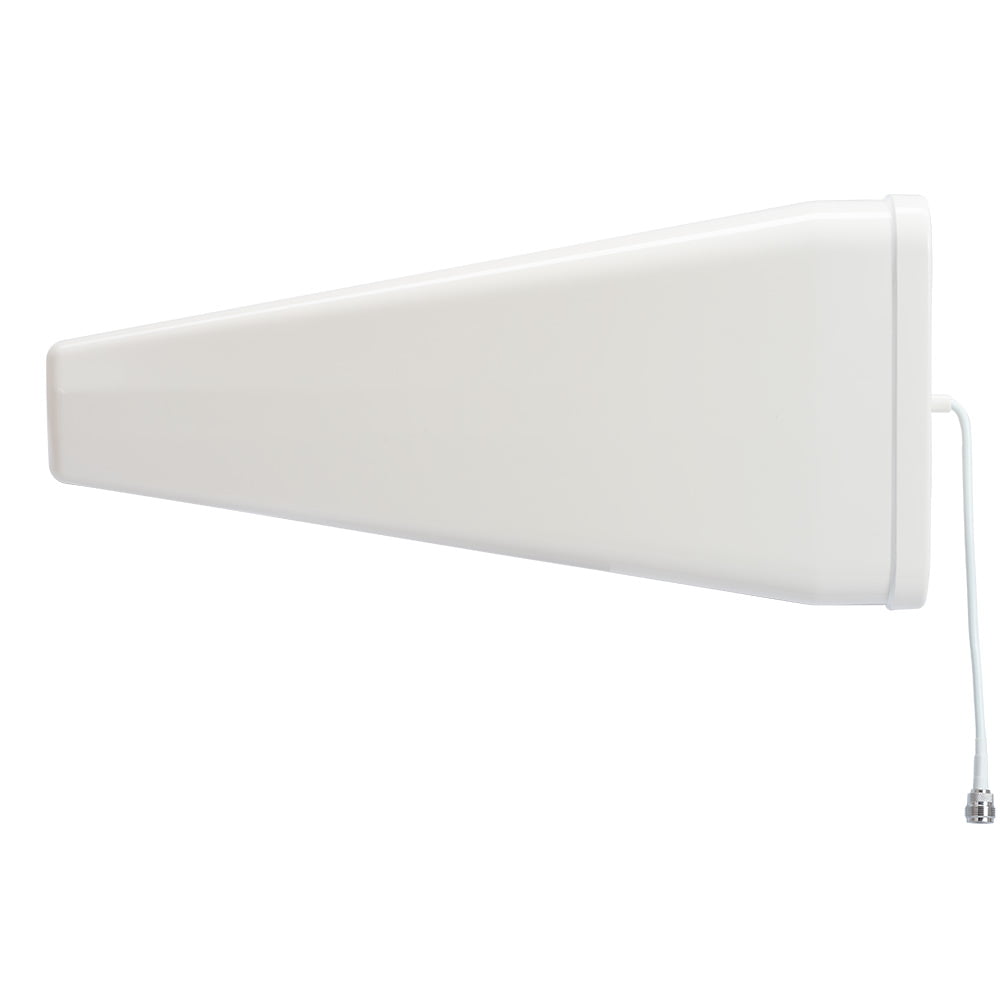An LDPA (Logarithmically-Periodic Dipole Array) antenna is a type of antenna commonly used in cellular communications to transmit and receive radio signals. It is designed to have a logarithmic periodicity, which means that the elements of the antenna array are spaced in a way that creates a continuously varying pattern along its length. This unique structure allows the LDPA antenna to cover a wide range of frequencies efficiently, making it ideal for cellular communication systems that operate across multiple frequency bands.
One of the key reasons why LDPA antennas work well for cellular communications is their broadband performance and omnidirectional radiation pattern. The logarithmic periodicity ensures that the antenna can handle a broad spectrum of frequencies, enabling it to support various wireless technologies and services simultaneously. Additionally, the omnidirectional radiation pattern allows the antenna to radiate and receive signals in all directions, providing widespread coverage and ensuring that users can stay connected even when moving within the cell’s coverage area. Overall, the LDPA antenna’s versatile design, broad frequency range, and omnidirectional radiation pattern make it a crucial component for efficient and reliable cellular communication networks.




